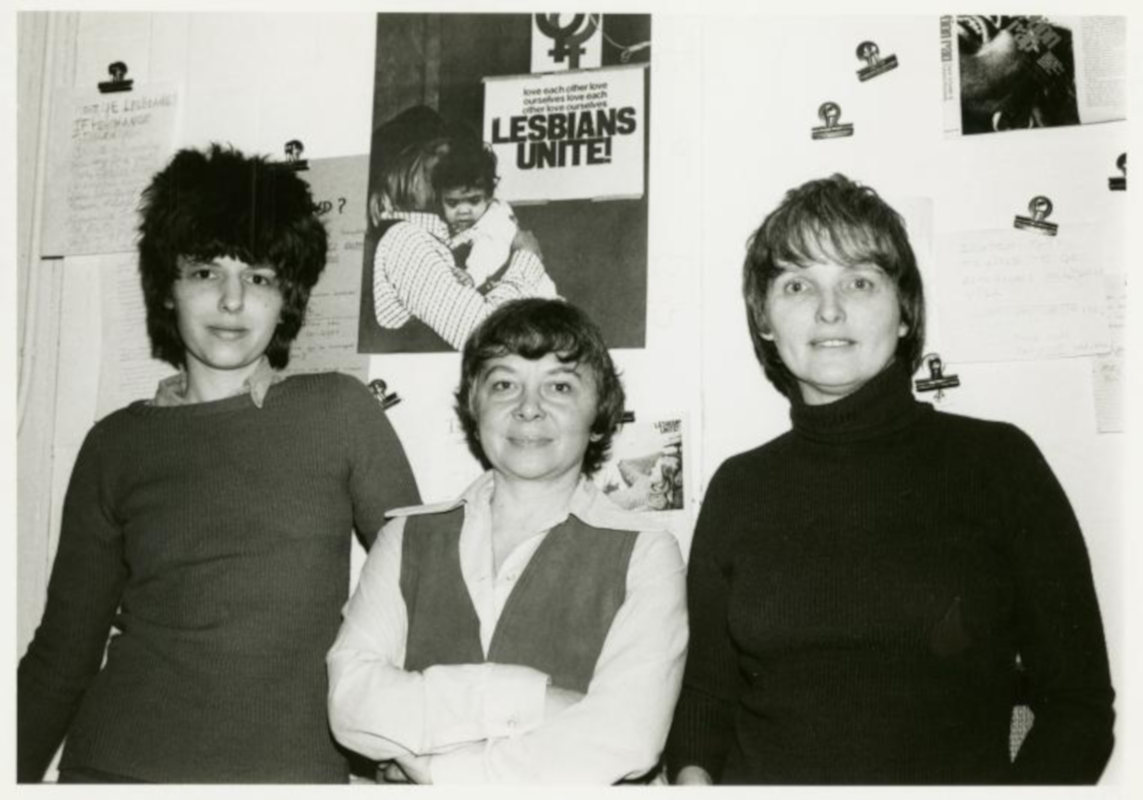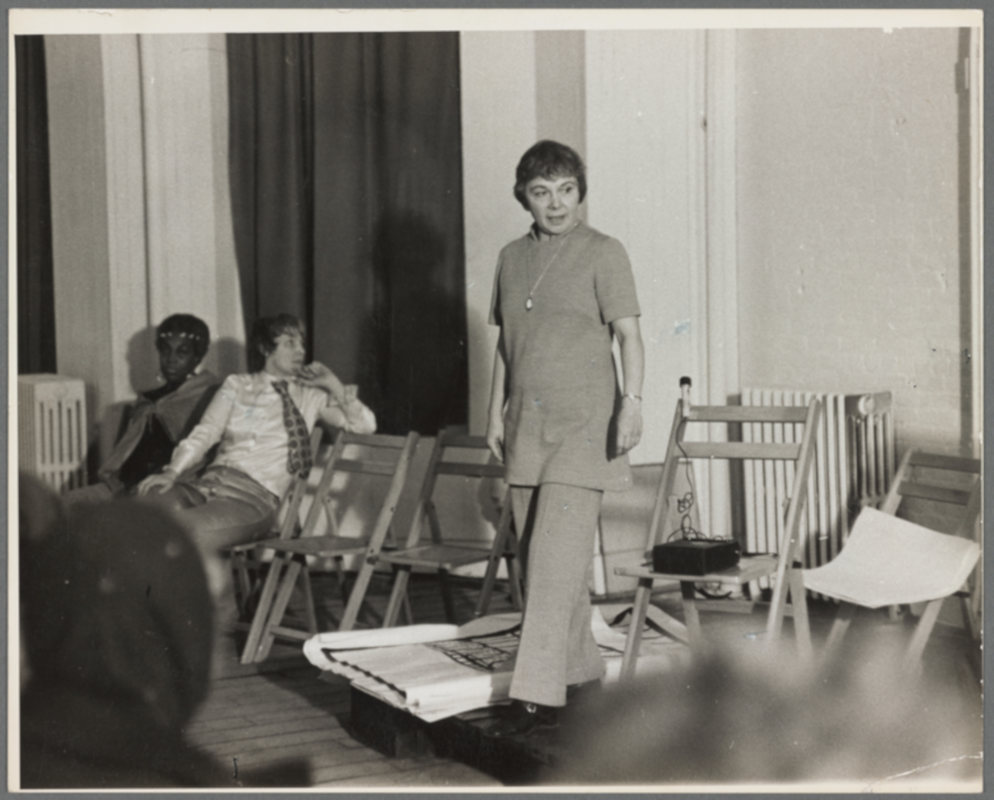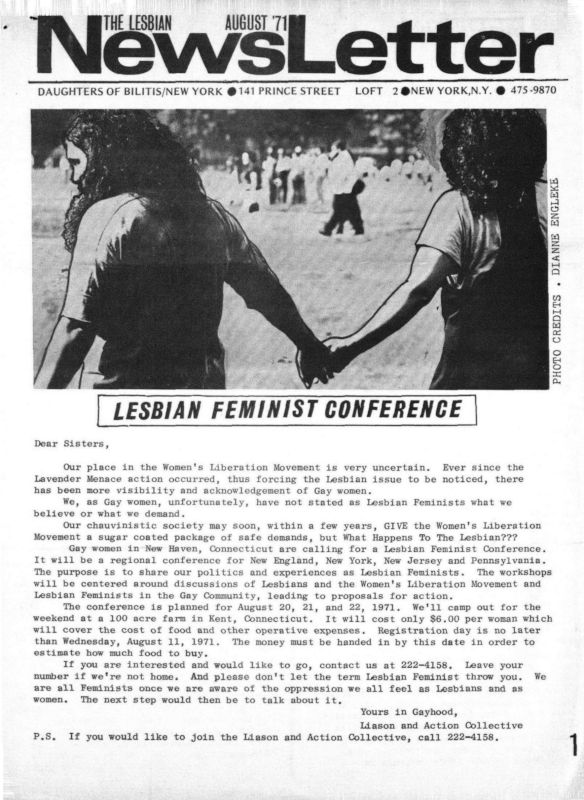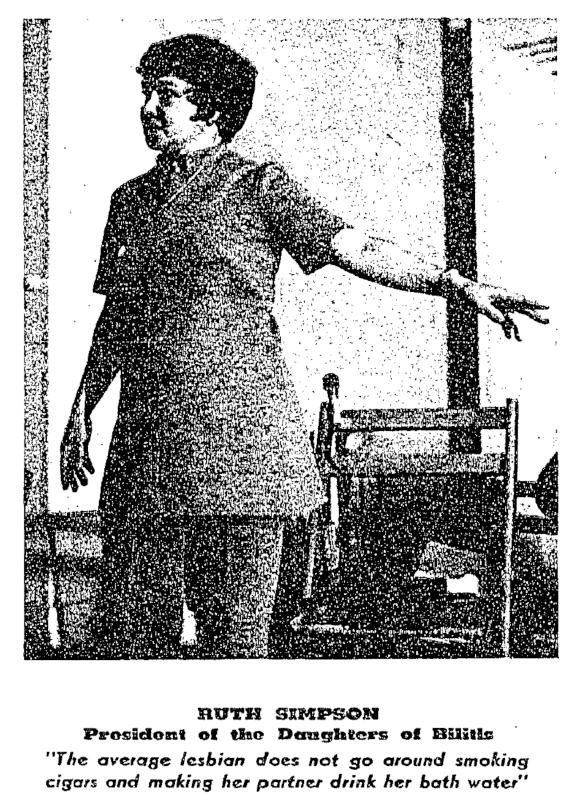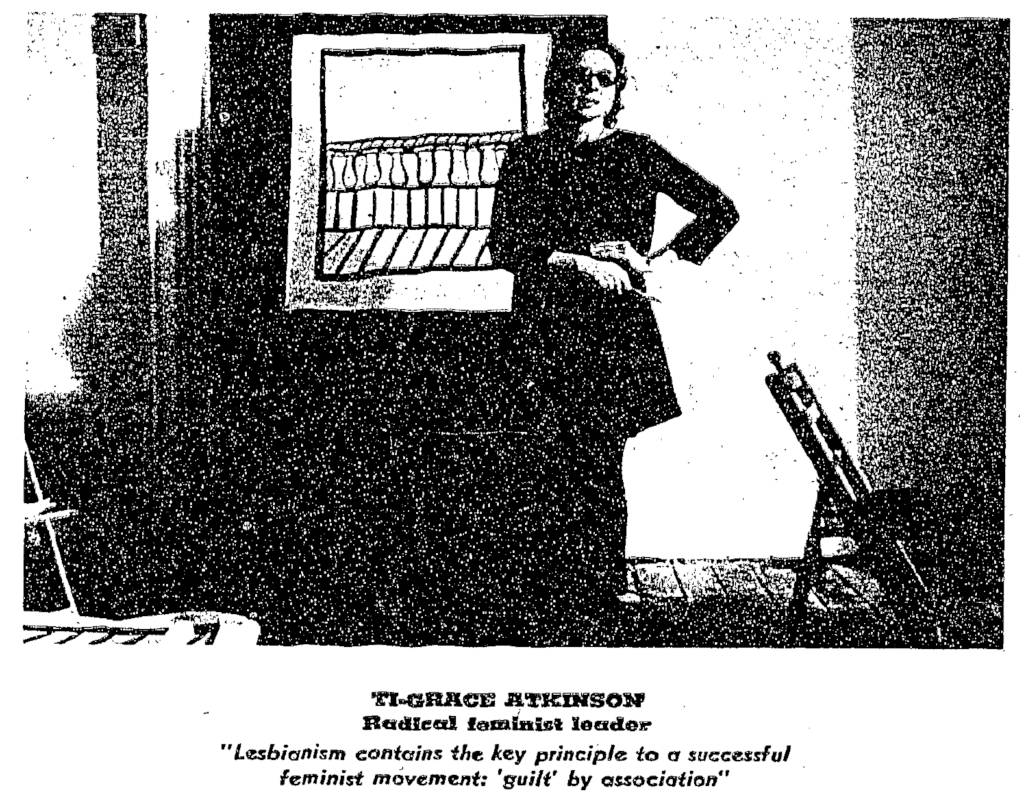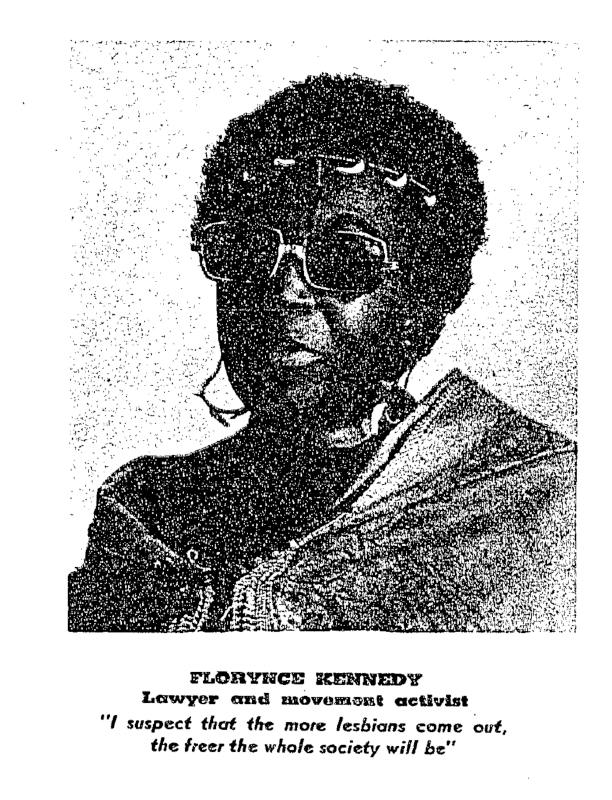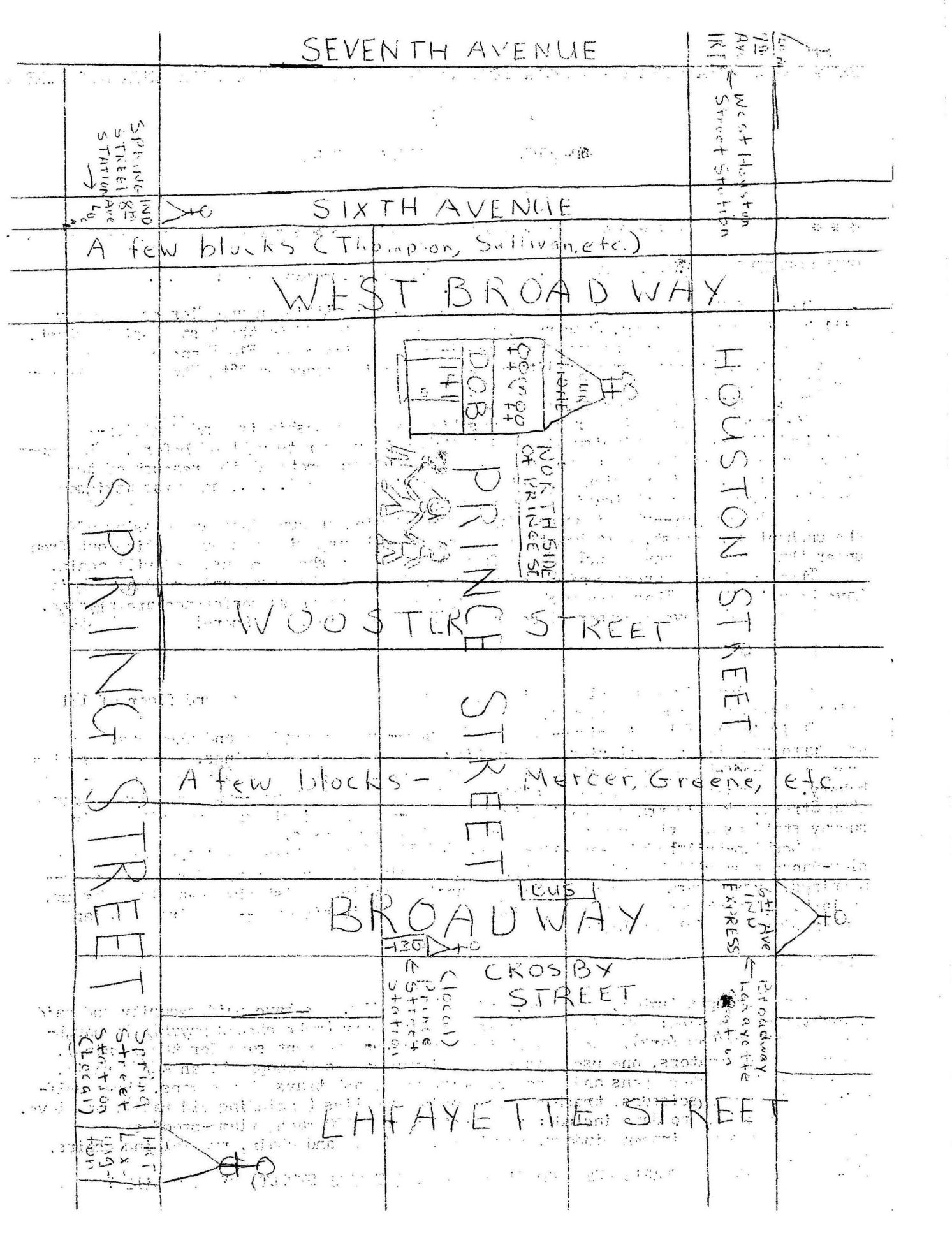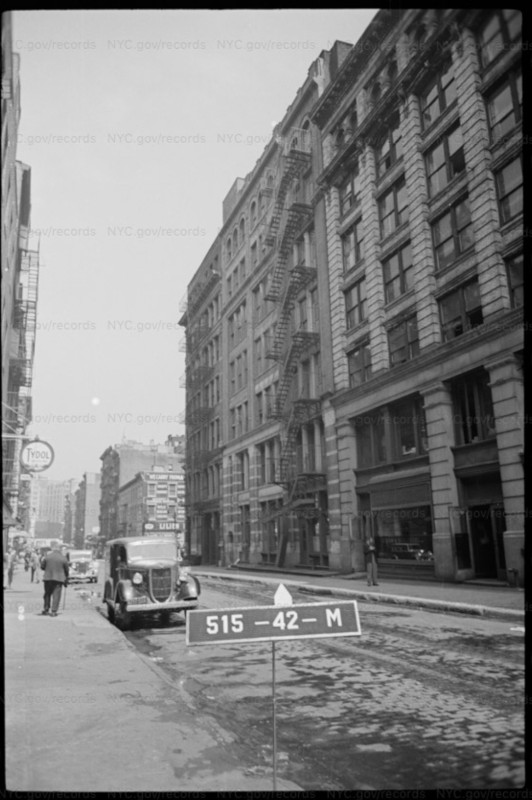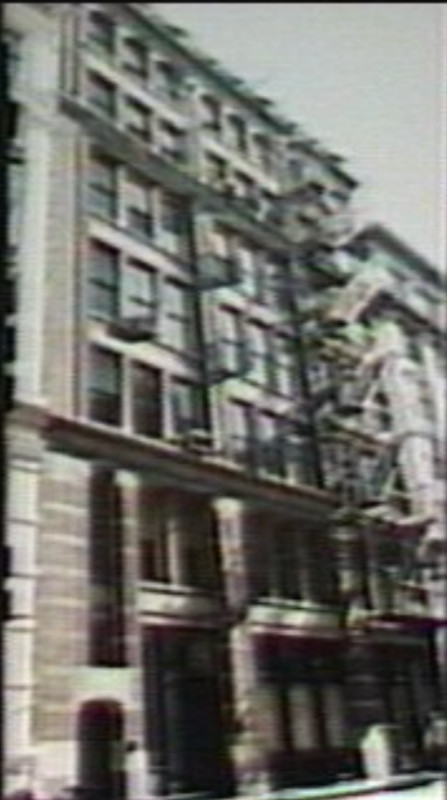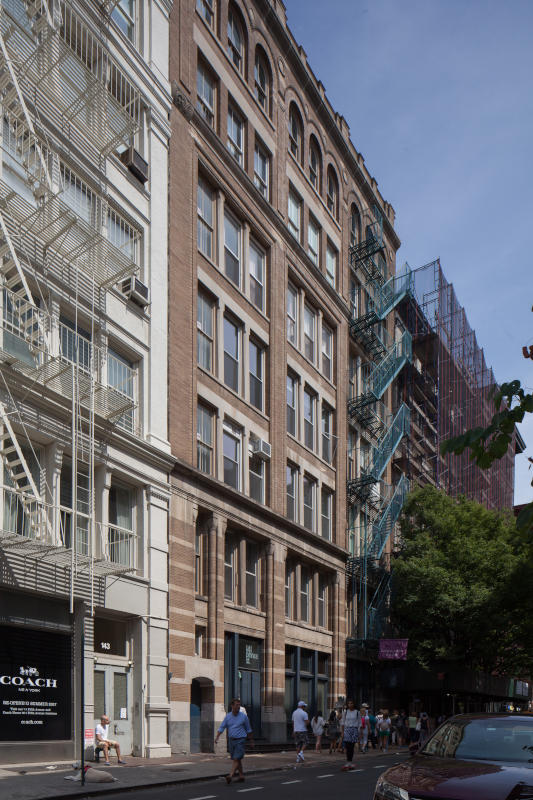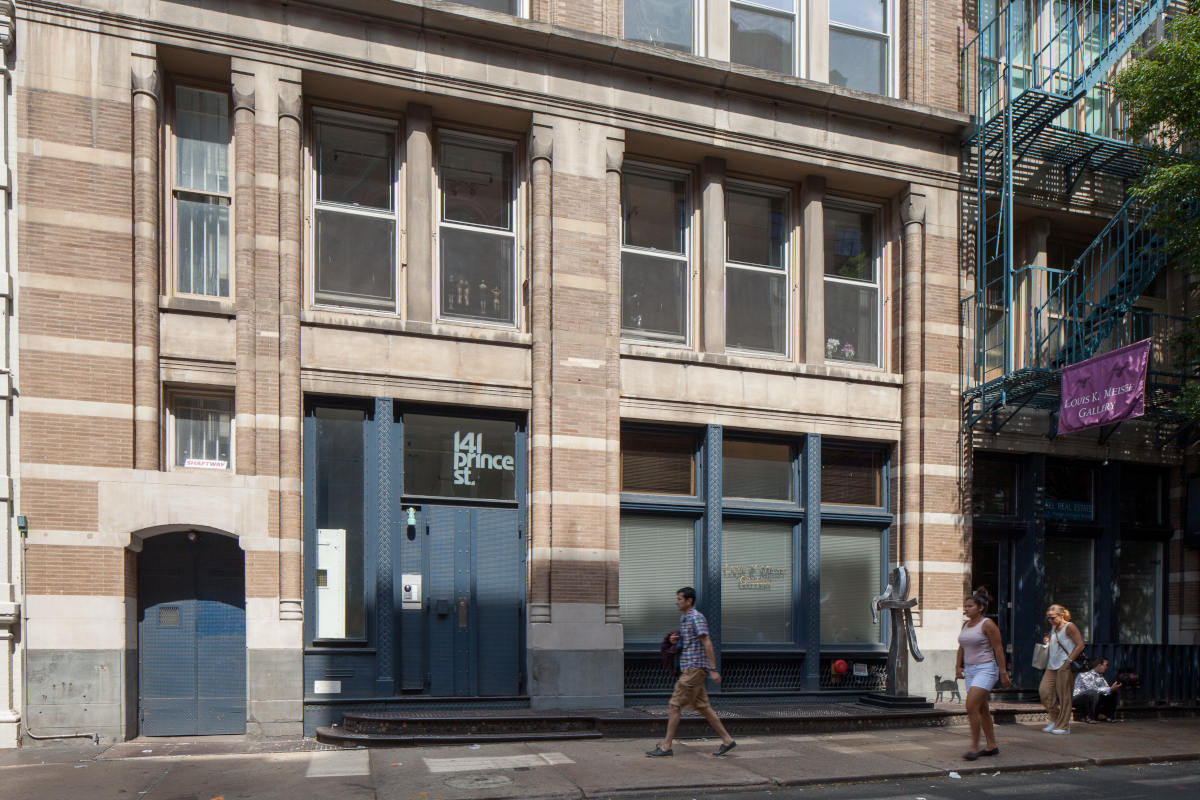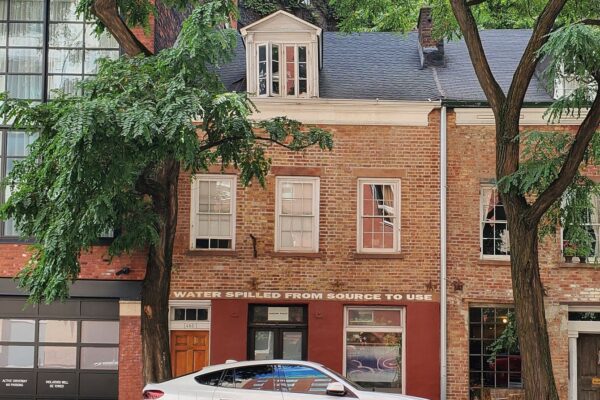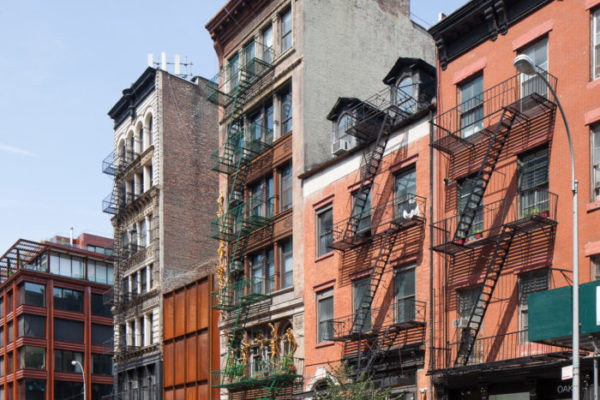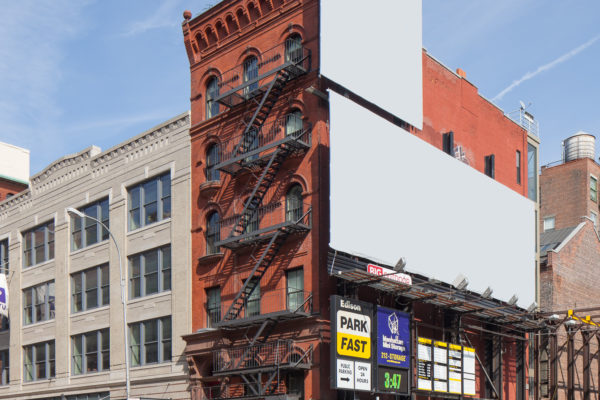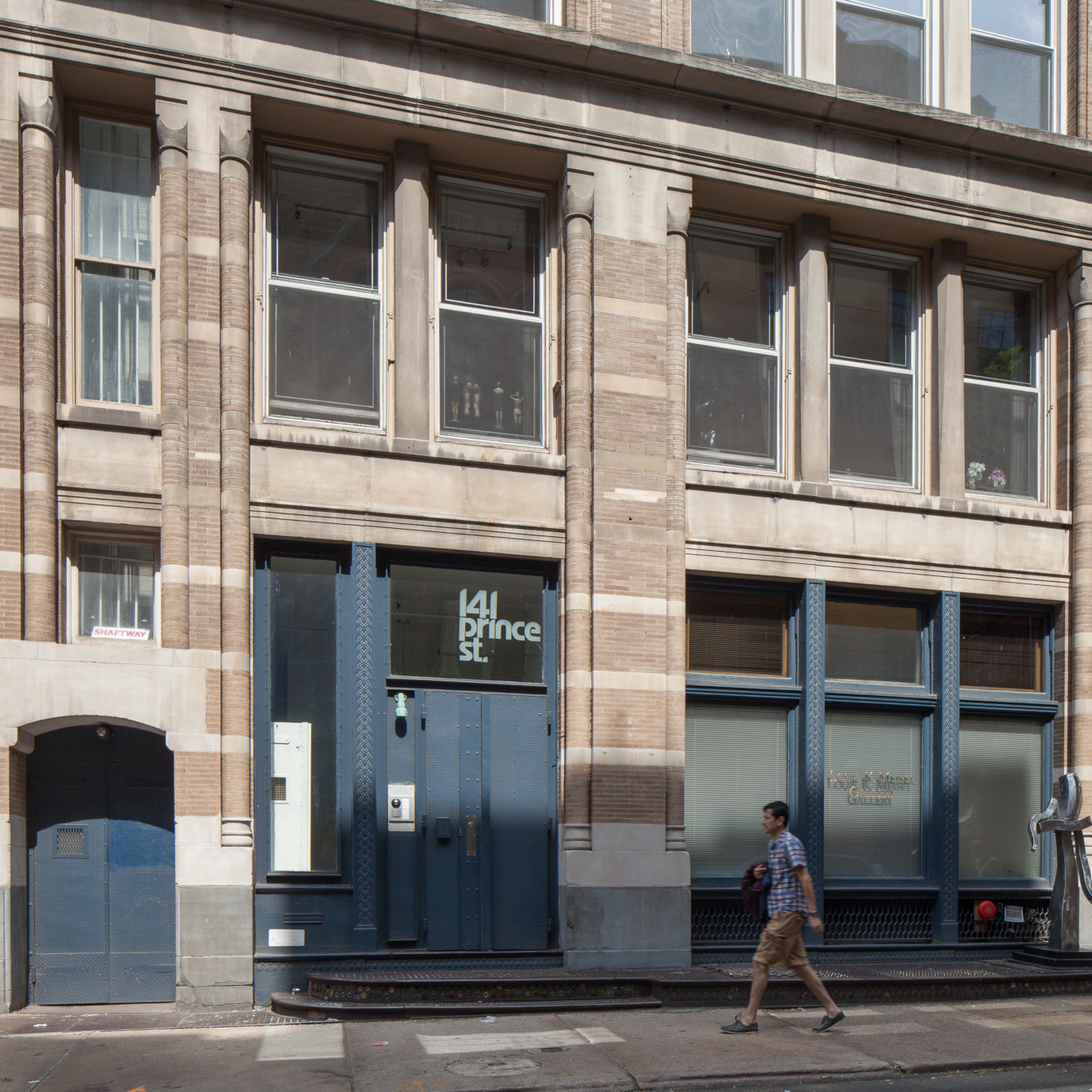
Daughters of Bilitis Center
also known as the Lesbian Center
overview
The Daughters of Bilitis Center was the first exclusively lesbian center in New York City and one of the first two in the country.
The Center operated in a second floor loft at 141 Prince Street from January to September 1971 before moving briefly to 49 East 1st Street, serving as a meeting space for the New York chapter of the Daughters of Bilitis and other lesbian organizations and as an alternative social space to Mafia bars.
On the Map
VIEW The Full MapHistory
The national organization of the Daughters of Bilitis (DOB), founded by Del Martin and Phyllis Lyon in 1955 as the first lesbian organization in the homophile movement, disbanded in 1969 but chapters continued to operate across the country into the 1970s. This included the New York chapter, established in 1958 by Barbara Gittings and Marion Glass. In January 1971, the chapter, whose president was then Ruth Simpson, opened the first lesbian center in New York City. The DOB Center and a similar space in Los Angeles were the first lesbian centers in the country, facilitating social, political, and organizational events.
The DOB Center was not DOB’s first meeting place, but it appears to have been the first comprehensive space of its own for organizational meetings and extensive social gatherings that could accommodate high numbers of women. Before moving to the 4,000 square-foot, second floor loft at 141 Prince Street in SoHo, DOB operated out of five official locations: 1133 Broadway with the Mattachine Society (1958-61), 30 Charlton Street (c. September 1963-March 1964), 441 West 28th Street (March 1964-March 1966), 27 West 28th Street (March 1966-January 1968), and the Corduroy Club (1968-January 1971). Having experienced police harassment and discrimination at each prior location, DOB looked at 70 lofts before finding a suitable space with a landlord who would rent to lesbians. Gay Activists Alliance (GAA) had considered this space for its center before leasing a firehouse less than one block away. DOB women completed the renovations to partition the loft into a meeting hall, kitchen, office-library, and dance room, decorated in the official DOB colors (red and white).
Although DOB was considered conservative as compared to newly-formed groups of the Gay Liberation Movement, the Center and organization attracted a diverse group of women. In 1971, the New York chapter had approximately 400 members, including about 60 Black members, ranging in age from 18 to 65. DOB was founded in the pre-Stonewall era when LGBT groups more often met in secret and hid their identities, but the DOB Center, which some groups referred to publicly as the Lesbian Center, represented changing times.
The official opening of the DOB Center was a visible event with press coverage. Guest speakers at the opening included radical feminist author Ti-Grace Atkinson and Black feminist lawyer Florynce Kennedy, who joked at the event, “I dig lesbians. Some of them are my best friends.” Women engaged in discussions of what it meant to be a lesbian. Simpson read letters from young lesbians asking for help coming out and shared her vision for the Center:
We will provide social events, dances and open discussions for our sisters who are afraid to come out of the closet, for our sisters who remain in the closet but work behind the scenes in civil rights, and for those ‘out front’ public lesbians who are active in the forefront.
The DOB Center was open almost every weeknight and on Sundays. All events were for women only, except for a few meetings with GAA and the Mattachine Society. Attendees of DOB meetings often were greeted by the “kissing squad,” consisting of vice president Ellen Povill and her partner Eileen Webb. Radicalesbians also conducted meetings in the space, and women hosted yoga classes, art shows, rap sessions, communal dinners, and feminist workshops. Dances, complete with a jukebox named Aphrodite, attracted women from other organizations, including Gay Liberation Front, GAA, and Radicalesbians, cementing the Center’s position as an alternative to bars.
Due to conflicts with the landlord, the DOB Center moved to 49 East 1st Street in the East Village from October 1971 to January 1972. The Center likely closed shortly after as DOB lost members to newer and more radical groups in the lesbian liberation movement, many of whom met at the Women’s Liberation Center in Chelsea, and ongoing police harassment.
Entry by Emily Kahn, project consultant (December 2020).
NOTE: Names above in bold indicate LGBT people.
Building Information
- Architect or Builder: Jardine, Kent & Jardine
- Year Built: 1896-97
Sources
Daughters of Bilitis: New York Chapter, The Lesbian Letter, April 1971, October 1971.
“D.O.B Reorganizes,” Gay Activist Newsletter 1, no. 6 (October 1971).
Judy Klemesrud, “The Disciple of Sappho, Updated,” The New York Times, March 28, 1971. [source of pull quote]
“Noted with Interest,” Focus 2, no. 11 (December 1971), 4.
Radicalesbians Health Collective, “Medicine Not Massacre,” RAT, August 2, 1971, 5.
Topical File, Minutes – General Meetings, 7 January, 1971-6 January, 1972. January 7, 1971-January 6, 1972. The New York Public Library: MS Gay Activists Alliance, 1970-1983: Series 2. Box 19. Folder 2.
“What’s Happening?” Come Out 2, no. 7b (Spring-Summer 1971), 3.
Do you have more information about this site?
This project is enriched by your participation! Do you have your own images of this site? Or a story to share? Would you like to suggest a different historic site?
